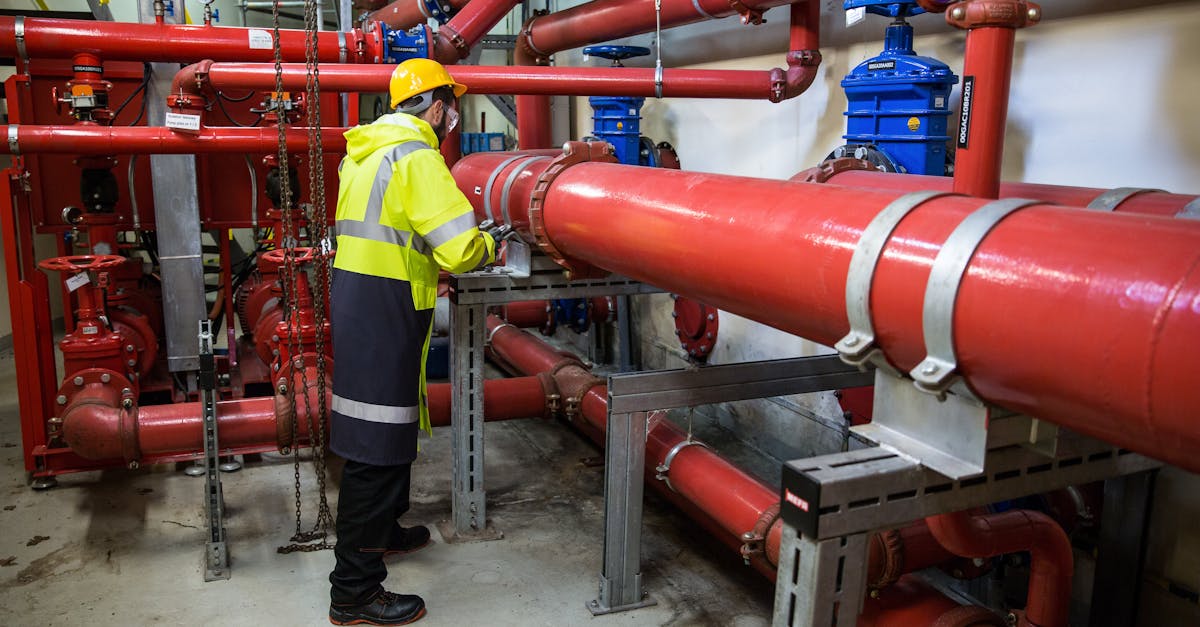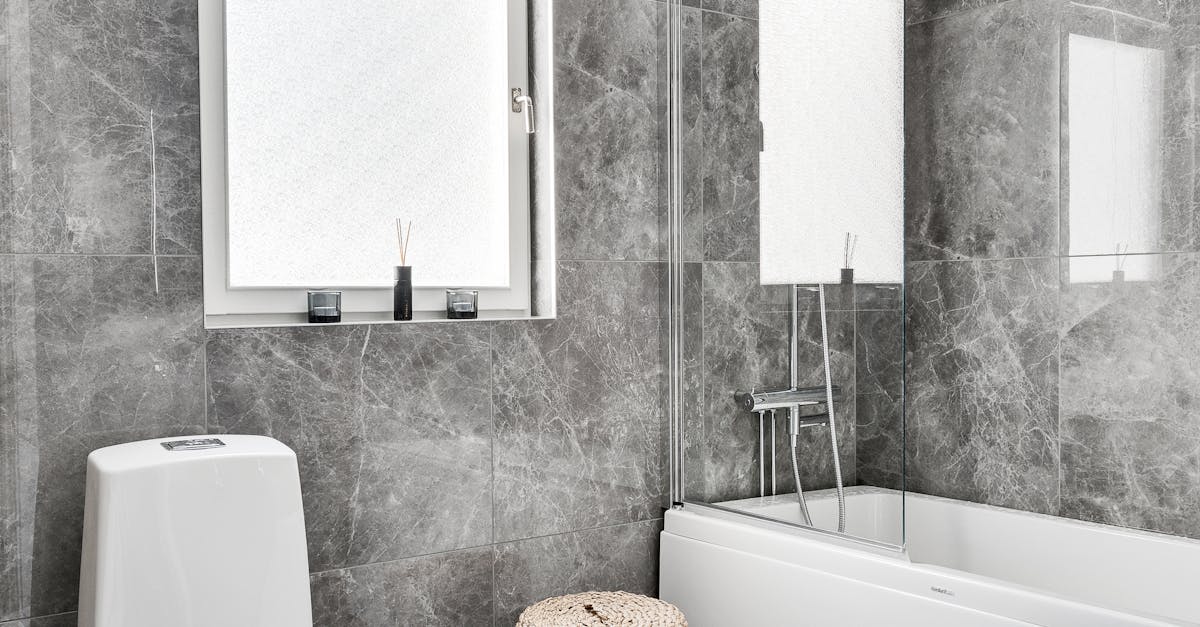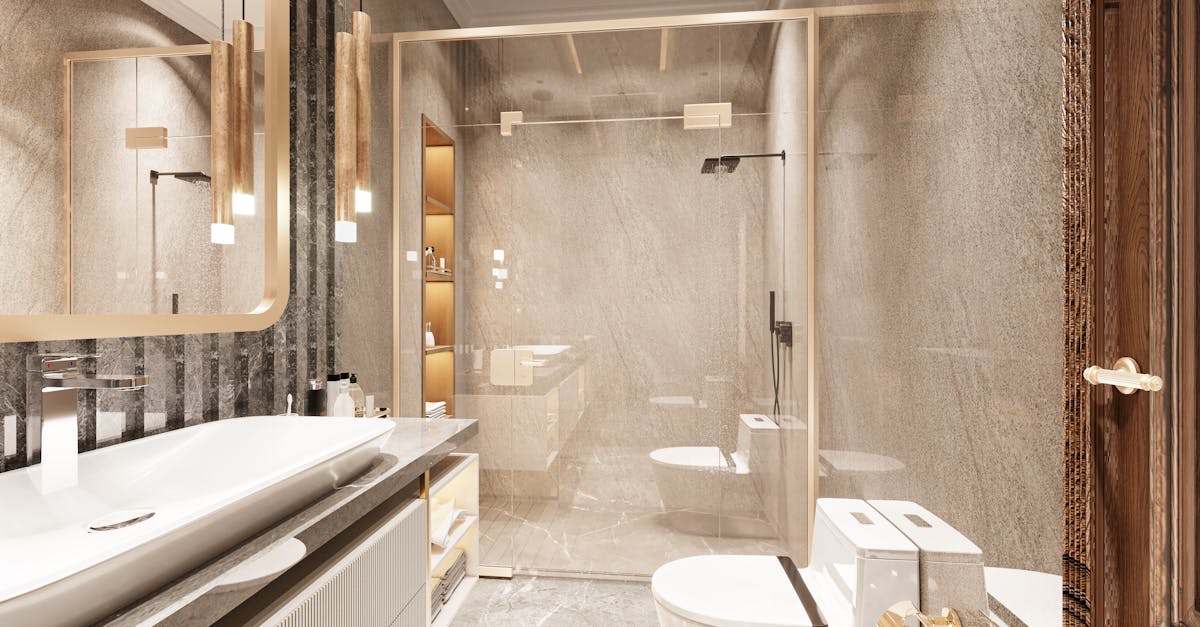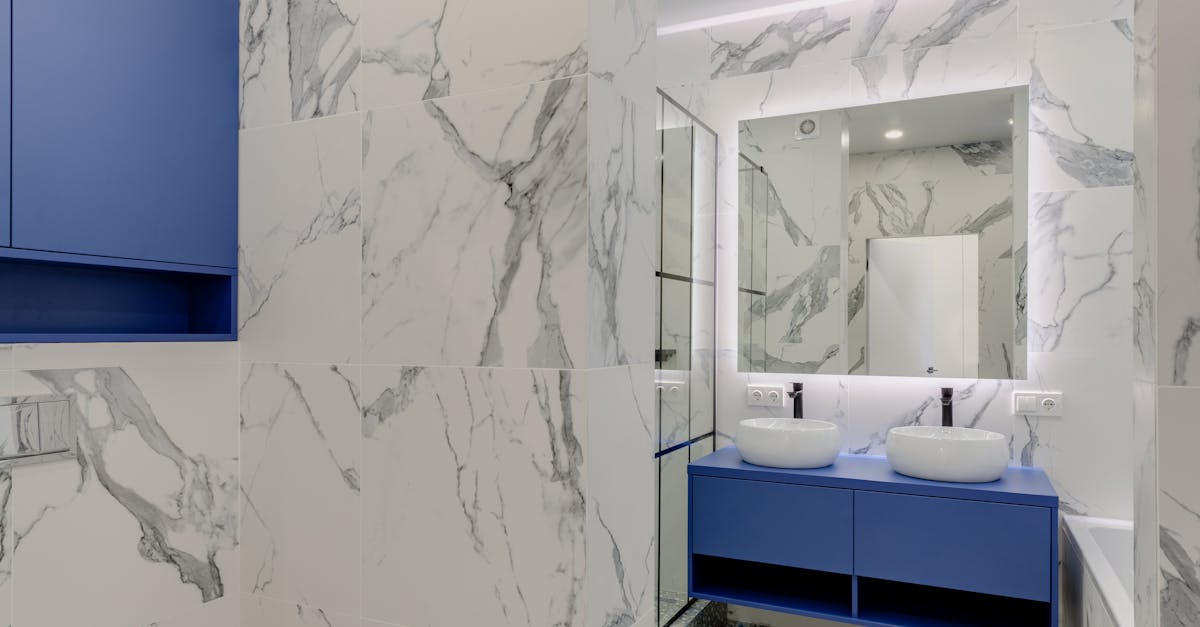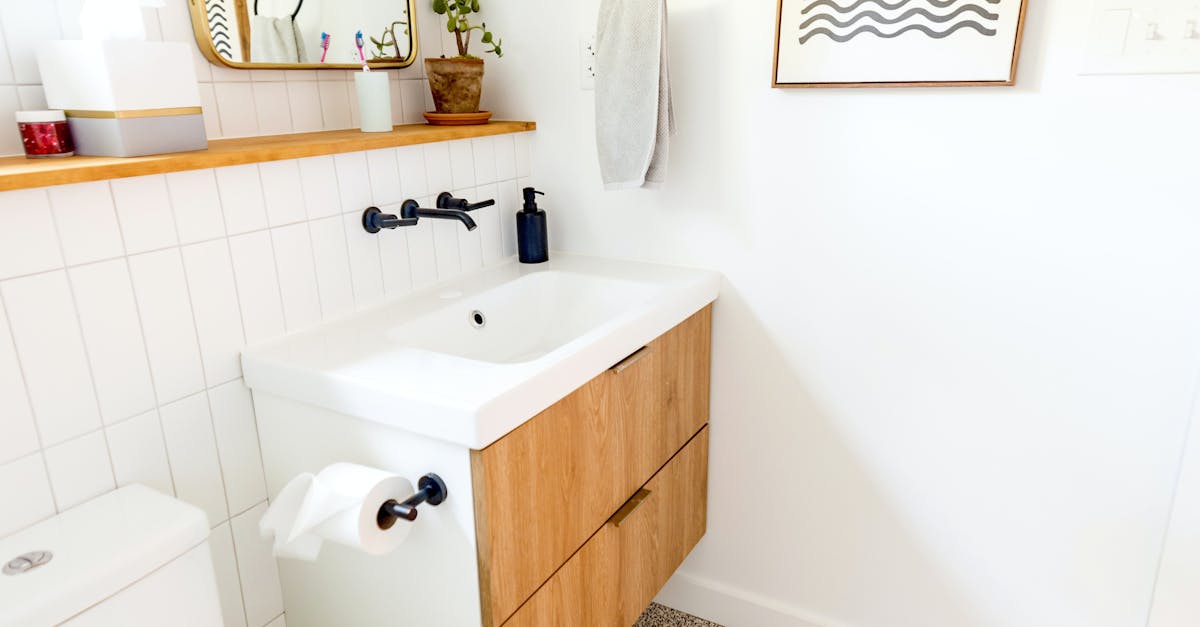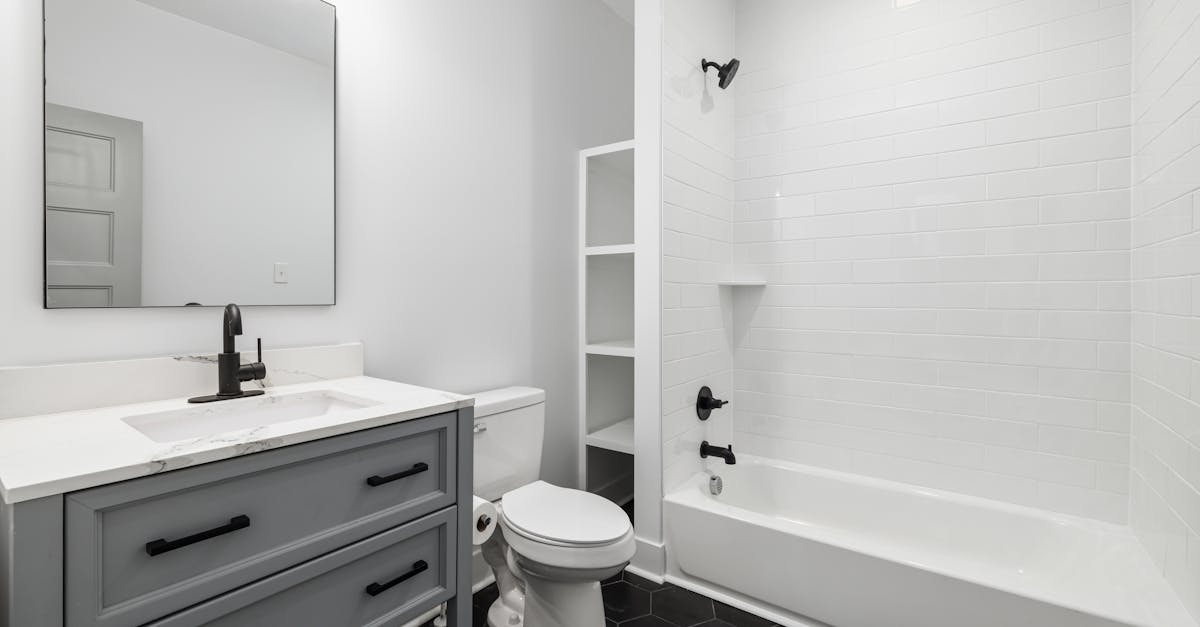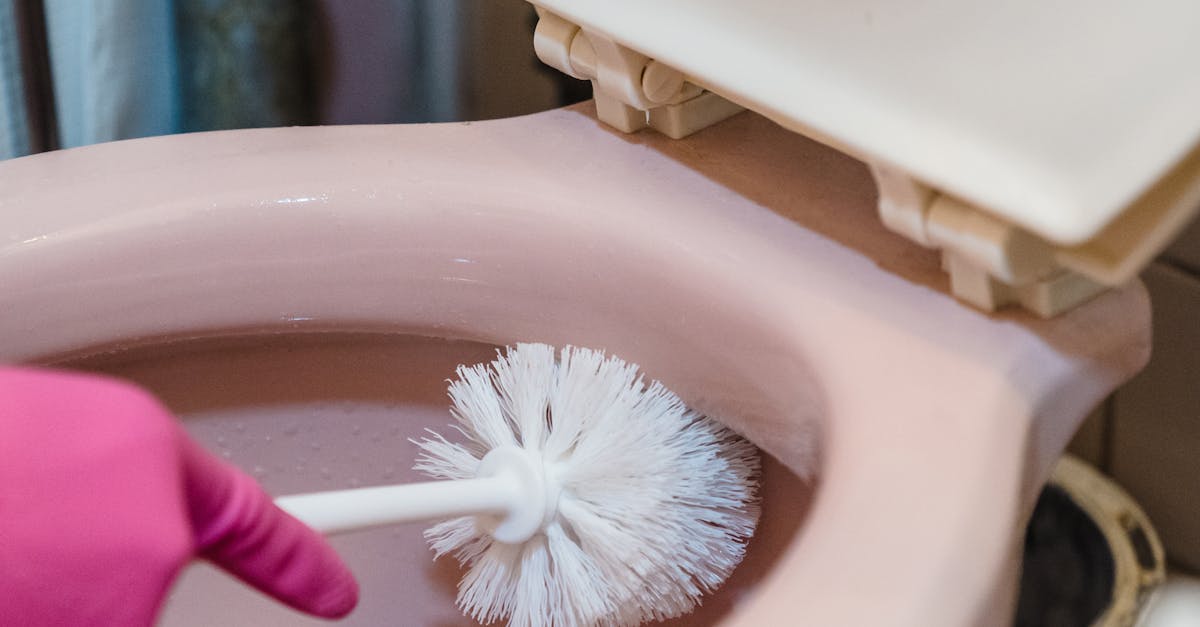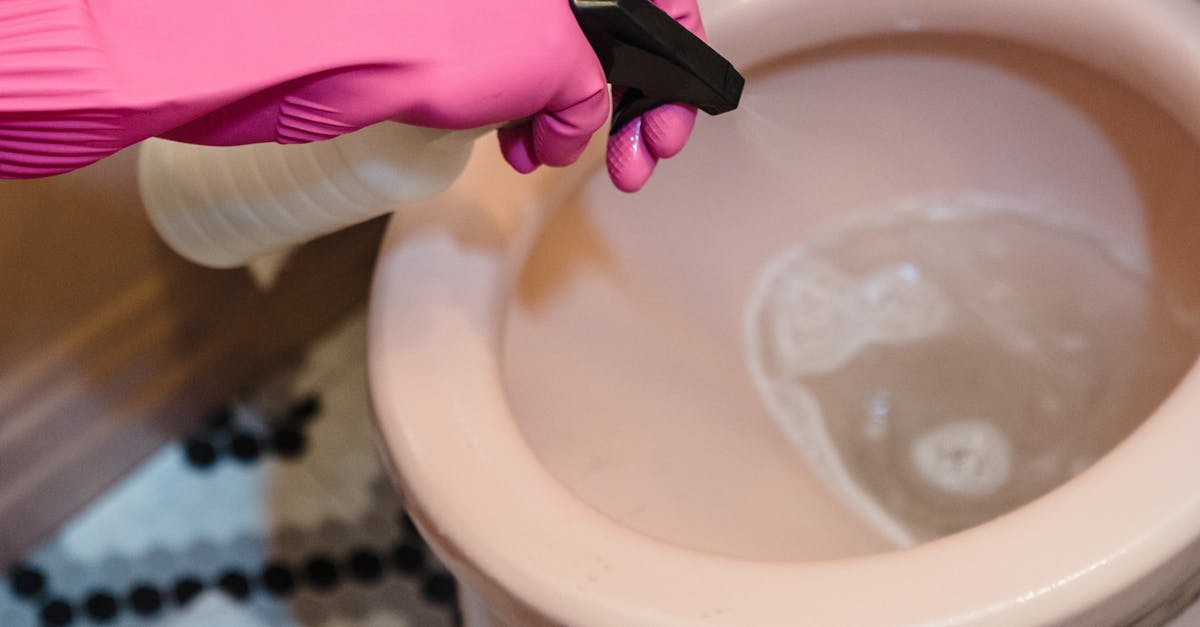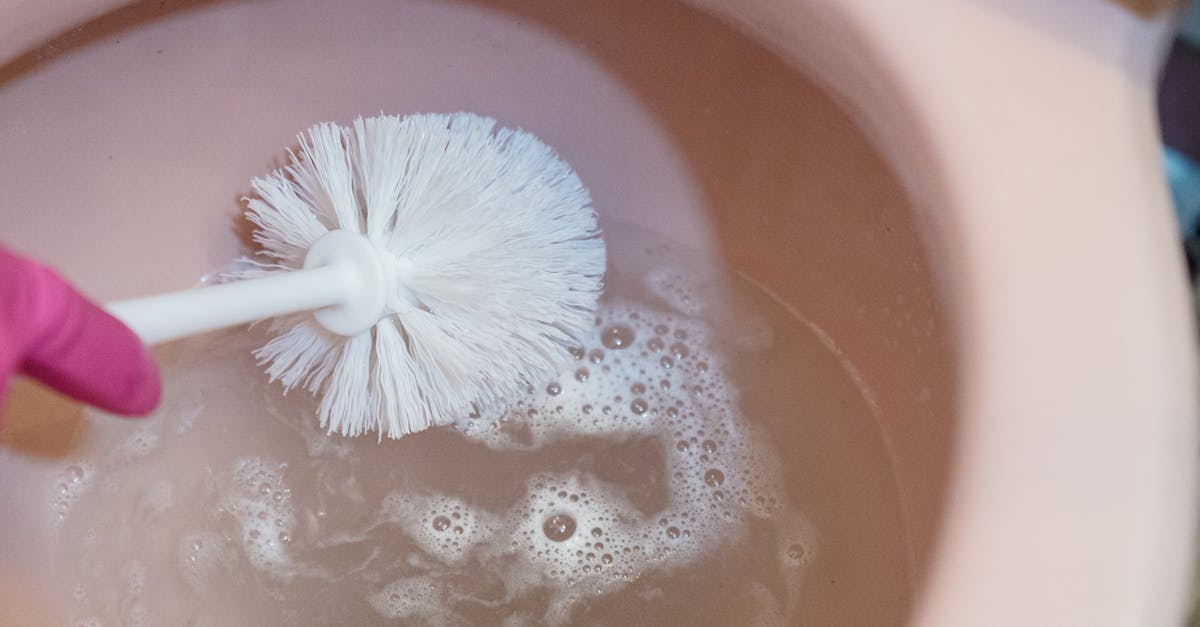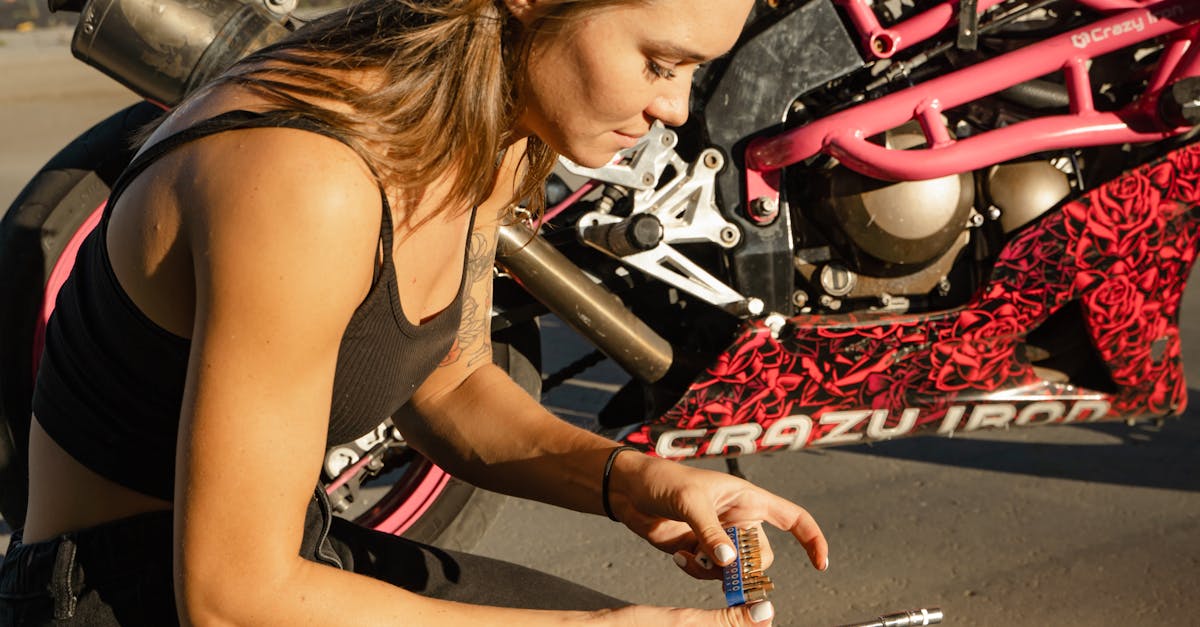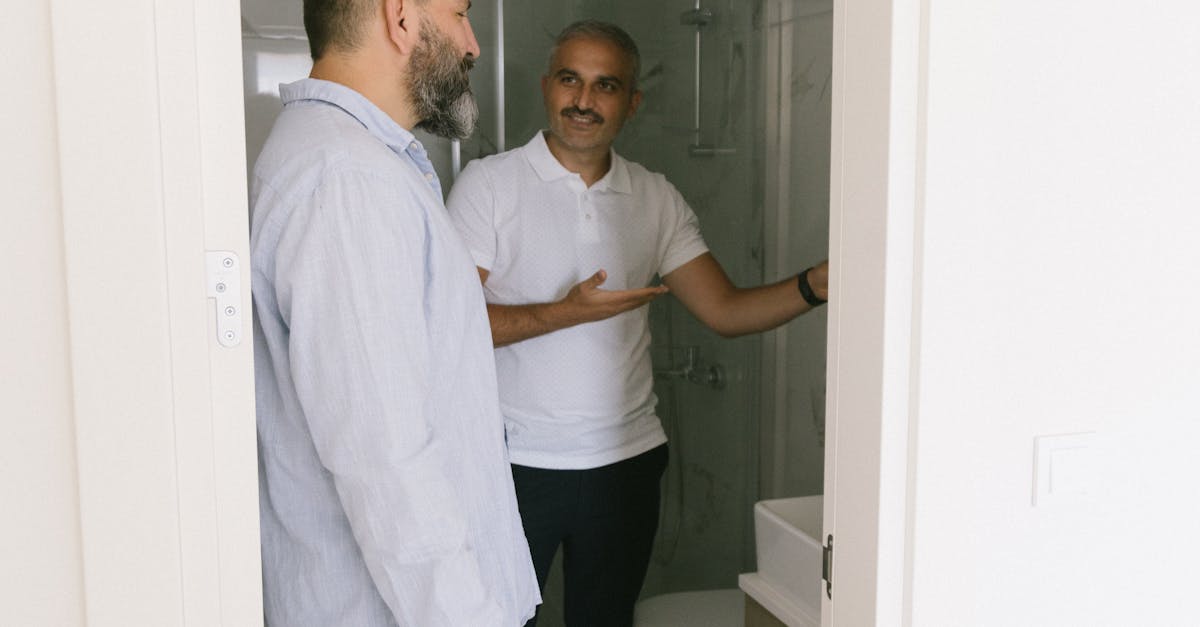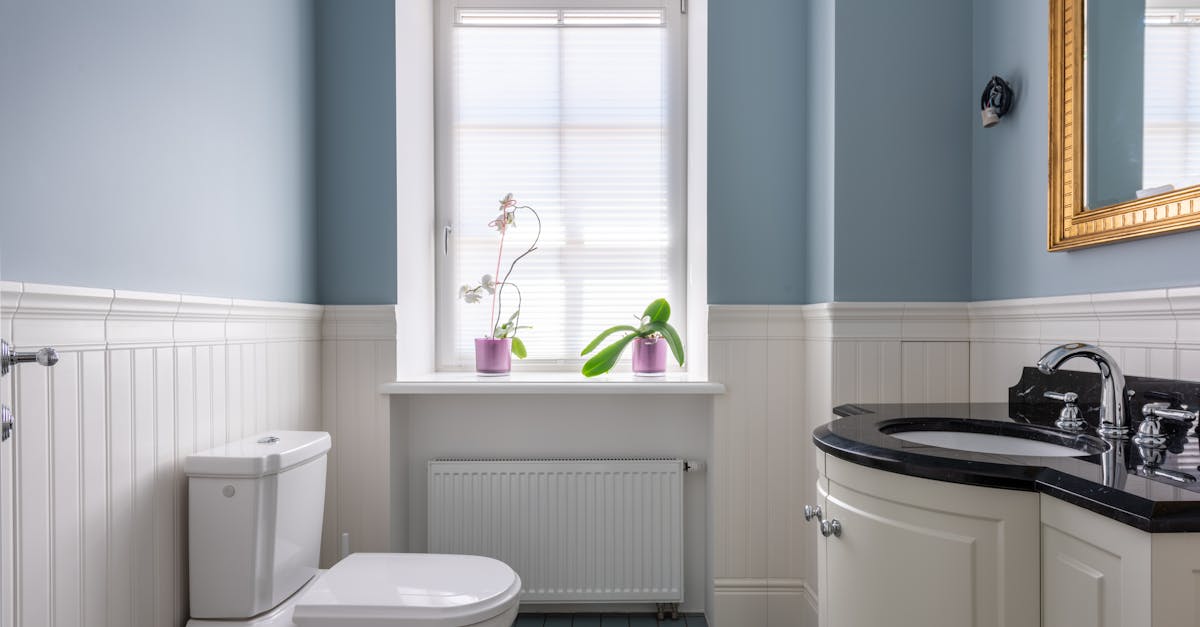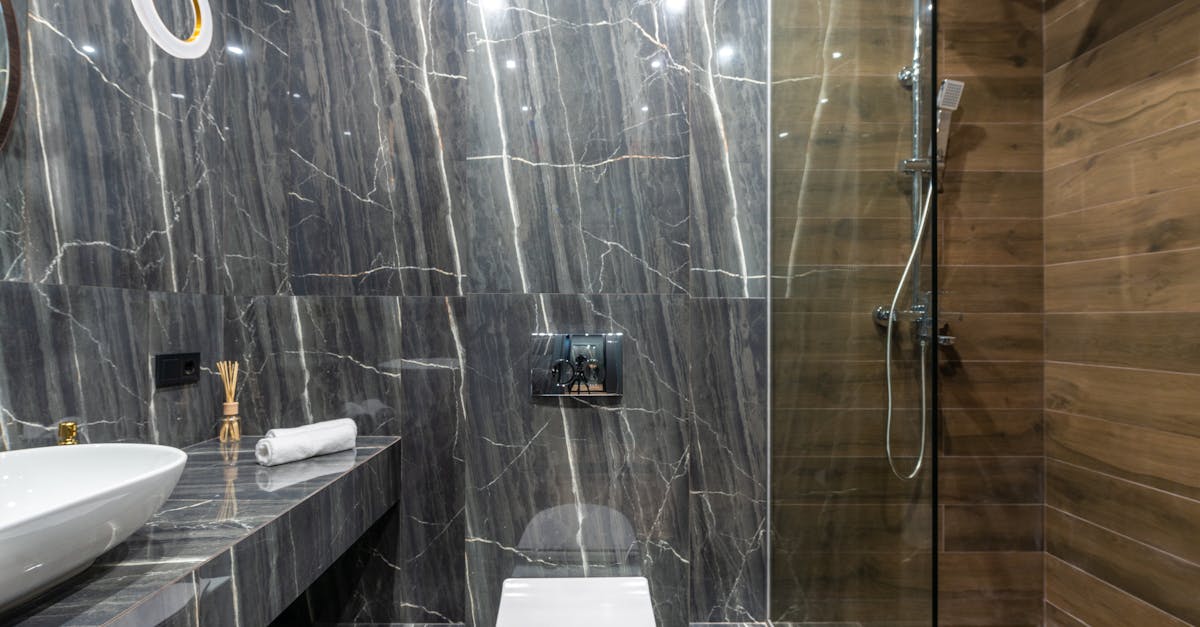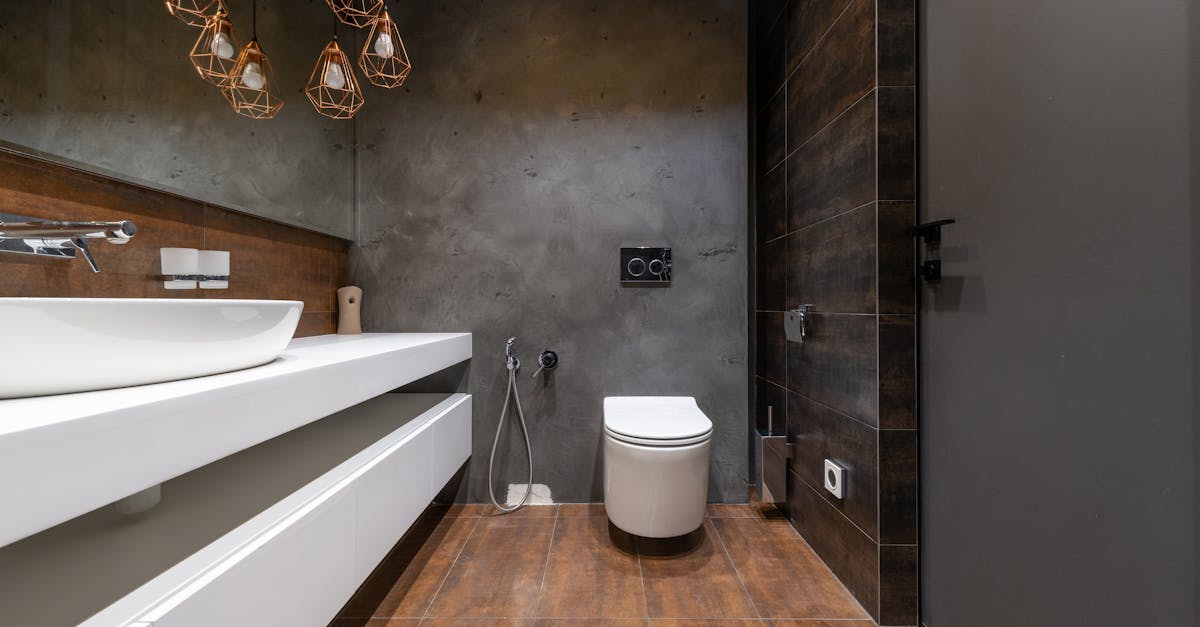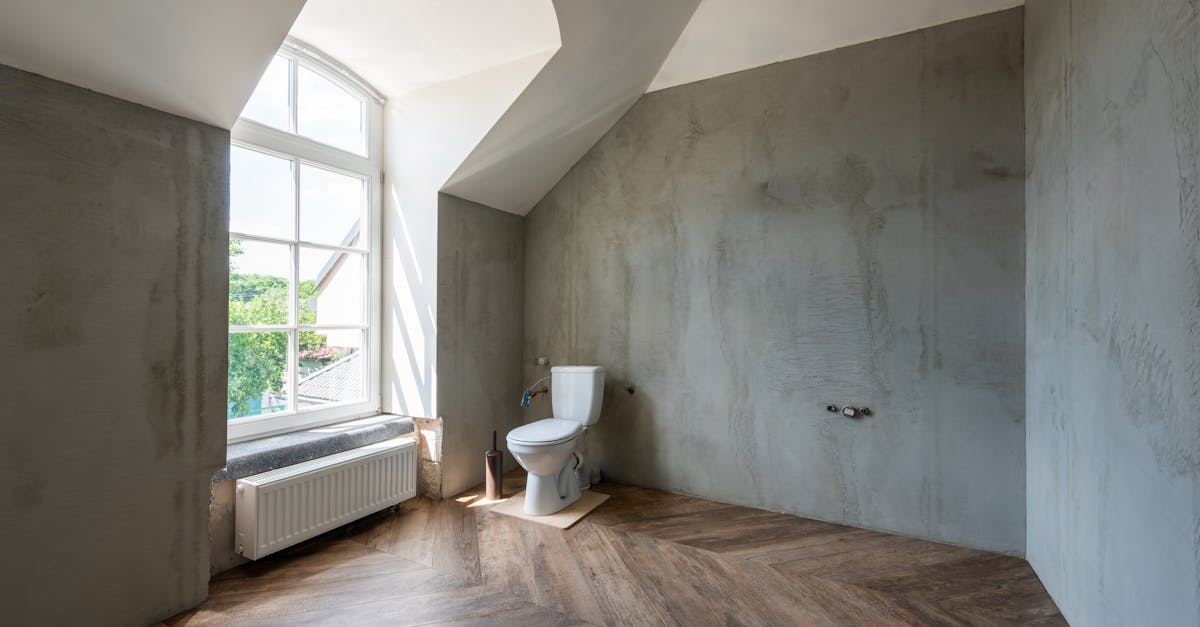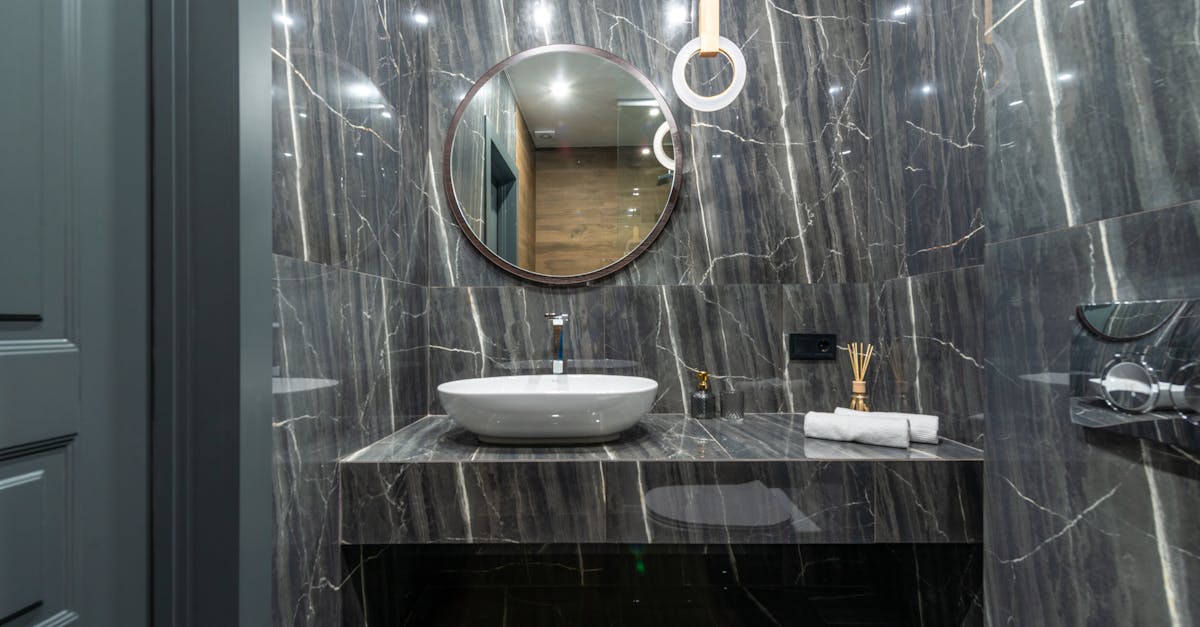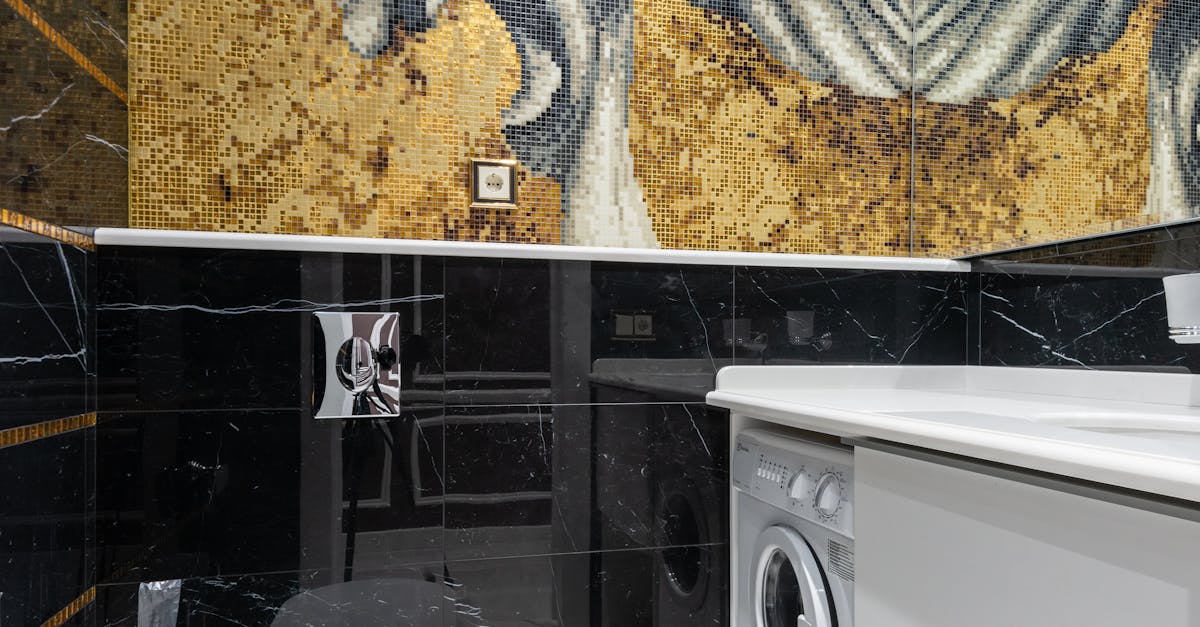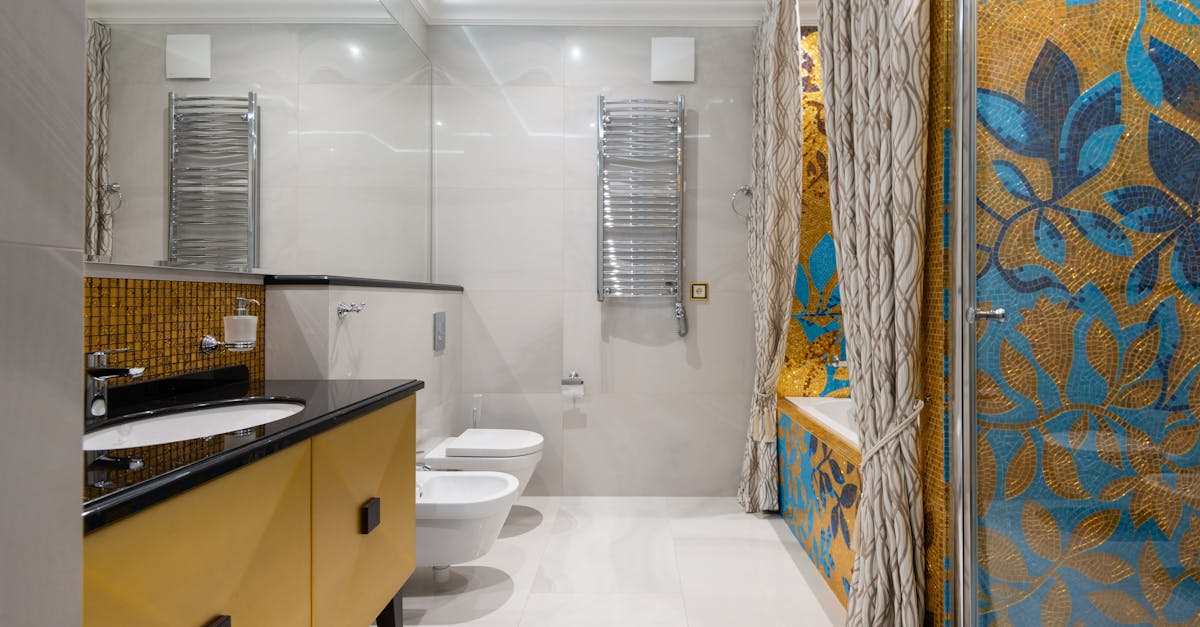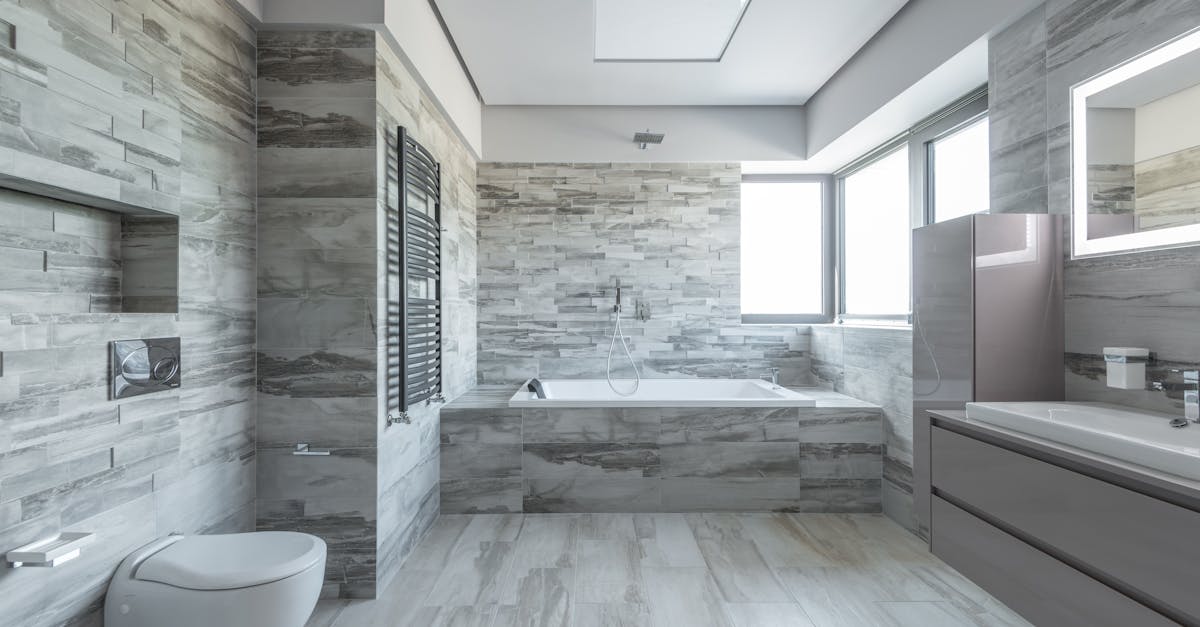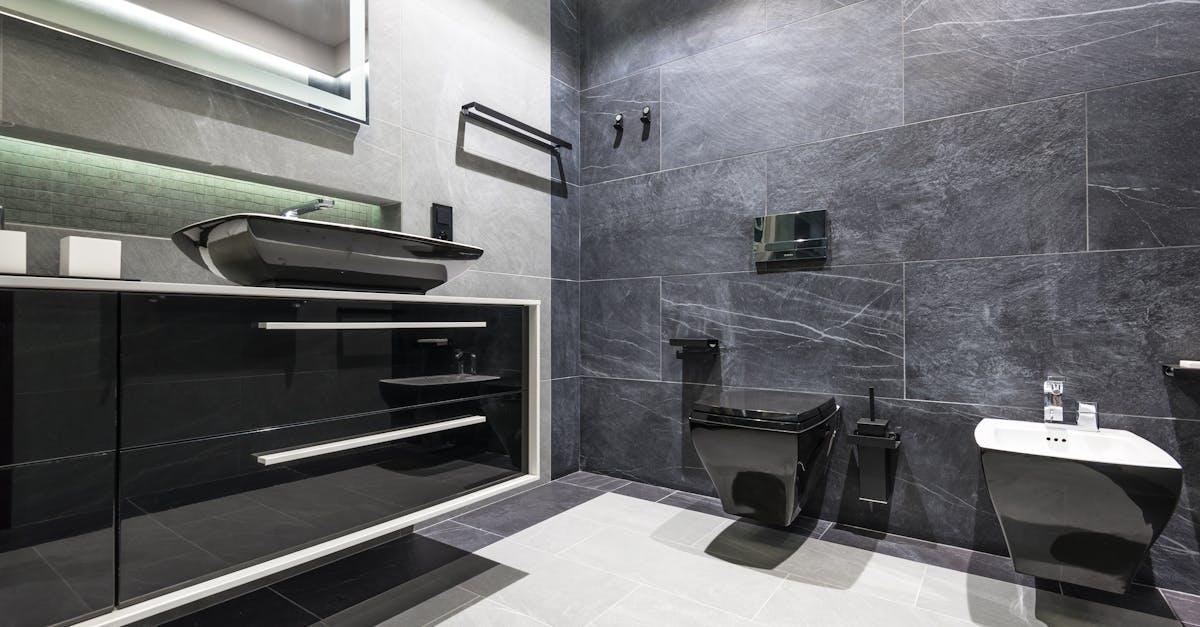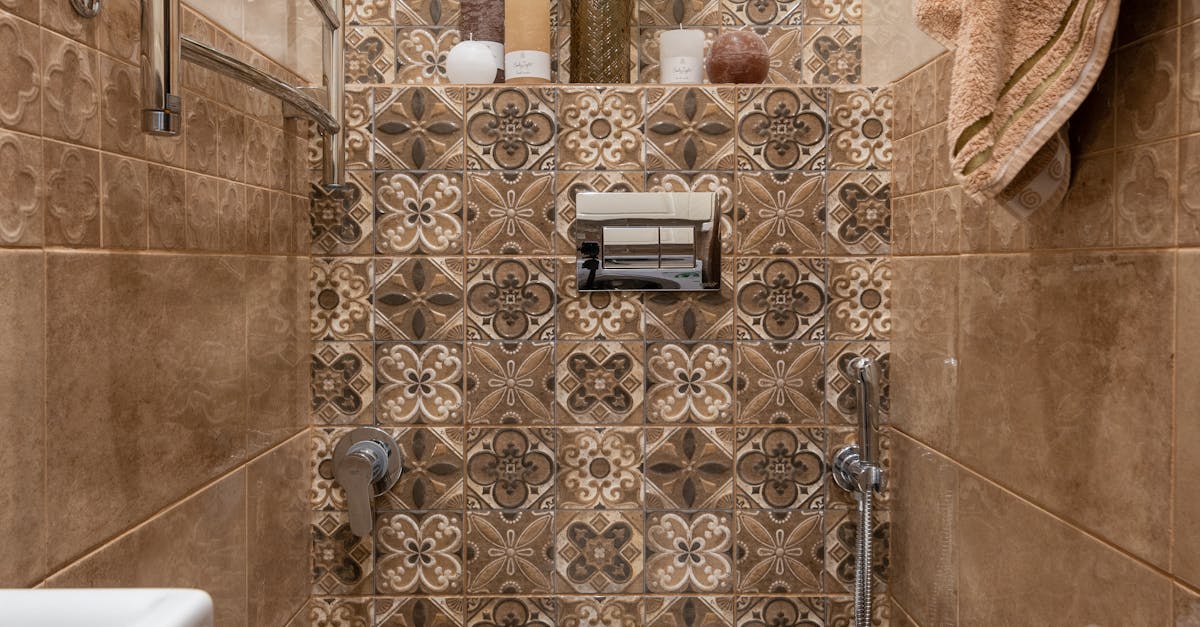
Table Of Contents
Environmental Impact of Older Toilets
Older toilets can have a significant impact on the environment, primarily due to their inefficiency in water usage. A standard toilet installed before 1994 typically uses around 13 to 20 litres per flush, far exceeding the more recent models that use only 4.5 litres. This excess water consumption can lead to a higher overall demand on local water supplies, especially in regions that experience drought or water scarcity. By opting for modern toilet designs, households can greatly reduce their water footprint and contribute to more sustainable water management practices.
Additionally, older toilets are often more susceptible to issues that require frequent toilet repairs. These repairs not only add to maintenance costs but can also lead to increased water wastage if leaks occur. The cumulative effect of constant repairs and inefficiencies poses a strain on both the environment and household budgets. Upgrading to a newer, eco-friendly model can not only lower water usage but also minimise the potential for ongoing repair issues, ultimately benefiting both the homeowner and the planet.
Water Consumption and Conservation
Older toilets often consume significantly more water per flush compared to modern models. Many toilets manufactured over twenty years ago use between 13 to 26 litres per flush. In contrast, contemporary, water-efficient toilets operate on as little as 4.5 litres, creating a substantial difference in water usage over time. Consequently, replacing an old toilet can lead to notable water savings, making it a practical step for those looking to conserve resources and reduce their water bills.
Furthermore, maintaining an older toilet may involve frequent toilet repairs, which can become costly and inconvenient. Minor leaks or inefficiencies in older models can contribute to wasted water, compounding their environmental impact. By investing in a new toilet, not only can homeowners enjoy enhanced efficiency, but they may also reduce the likelihood of costly repairs down the line, contributing to both savings and sustainability.
Types of Toilets Available Today
Modern toilets come in a variety of styles and technologies designed to improve efficiency and comfort. One popular option is the dual-flush toilet, which allows users to select between a full or reduced flush, significantly reducing water usage. Another innovative choice is the macerating toilet, which is ideal for installations where traditional plumbing may be challenging. These toilets use a grinding mechanism to break down waste and pump it away, making them suitable for basement bathrooms or areas far from the main sewer line.
Additionally, there are smart toilets that offer high-tech features such as heated seats, self-cleaning functions, and automated flushing. With these advanced options, toilet repairs can be more complex. It's essential to assess the merits of each type according to personal needs and bathroom layout, as well as the potential for future maintenance and replacement costs. Each design contributes to a more sustainable lifestyle while addressing individual preferences for hygiene and comfort.
Comparisons of Styles and Technologies
Modern toilets come in a variety of styles and technologies that significantly enhance efficiency and comfort compared to their older counterparts. One popular option is the dual-flush toilet, which provides users with the choice of two different flush volumes. This feature helps conserve water, making it an eco-friendly choice. Additionally, wall-mounted toilets offer a sleek design and make cleaning easier since they don’t touch the floor, which can also reduce the likelihood of toilet repairs over time.
Another technological advancement is the incorporation of smart features in toilets. Some models now include heated seats, built-in bidets, and even automatic lids. These enhancements can lead to a more comfortable and hygienic experience. However, it is crucial to consider the complexity of installation and potential maintenance that these advanced systems may require, as some might necessitate professional assistance for proper setup and any required toilet repairs.
DIY vs Professional Installation
When considering toilet installation, the decision between DIY and hiring a professional can significantly impact the overall project. Some homeowners might feel confident in their skills, especially if they have experience with plumbing or home improvement tasks. DIY toilet installations can save money, and many people find satisfaction in completing the job themselves. However, these individuals should be prepared for the possibility of encountering unexpected issues, which might require further toilet repairs down the line.
On the other hand, enlisting the help of a professional ensures that the installation is completed correctly and efficiently. Professionals bring valuable experience and have the tools necessary to handle any complications that may arise during the installation process. While there may be an upfront cost associated with hiring an expert, it can ultimately save money by reducing the likelihood of future toilet repairs. This approach might also provide peace of mind, knowing that the job is in capable hands.
Weighing Skills and Costs
When considering whether to replace an old toilet, the decision often hinges on a blend of skill and cost. For those confident in their DIY abilities, replacing a toilet can be a manageable task. However, it requires a good understanding of plumbing, tools, and proper installation techniques. Mistakes might lead to leaks or further complications, resulting in additional toilet repairs. This factor can create unexpected expenses if not handled correctly, making it crucial to assess one's comfort level with such projects.
On the other hand, hiring a professional can alleviate the stress of installation. While this may come with a higher upfront cost, it typically ensures that the job is done efficiently and correctly. Professionals will have the necessary experience to handle any unforeseen issues that may arise during the installation process. Weighing the costs and potential risks of DIY versus professional help is essential in making an informed decision regarding the replacement of an older toilet.
FAQS
What are the signs that my 20-year-old toilet needs replacing?
Signs that your toilet may need replacing include frequent clogs, leaks, excessive noise, or if it takes multiple flushes to clear the bowl.
How do older toilets impact water consumption?
Older toilets typically use around 13 to 20 litres per flush, while modern models use as little as 4.5 litres, significantly reducing water consumption and contributing to conservation efforts.
What types of toilets are available today?
Today, you can find a variety of toilet types including low-flow toilets, dual-flush models, composting toilets, and smart toilets, each offering different features and efficiencies.
Should I attempt to install a new toilet myself or hire a professional?
If you're experienced with DIY projects and plumbing, you may install the toilet yourself. However, hiring a professional is advisable if you're unsure, as this can prevent potential issues and ensure proper installation.
How much can I expect to spend on replacing my toilet?
The cost of replacing a toilet can vary widely based on the type of toilet chosen and whether you hire a professional for installation. Budget for the toilet itself, which can range from $200 to over $1,000, plus installation costs that can add another $150 to $400.
